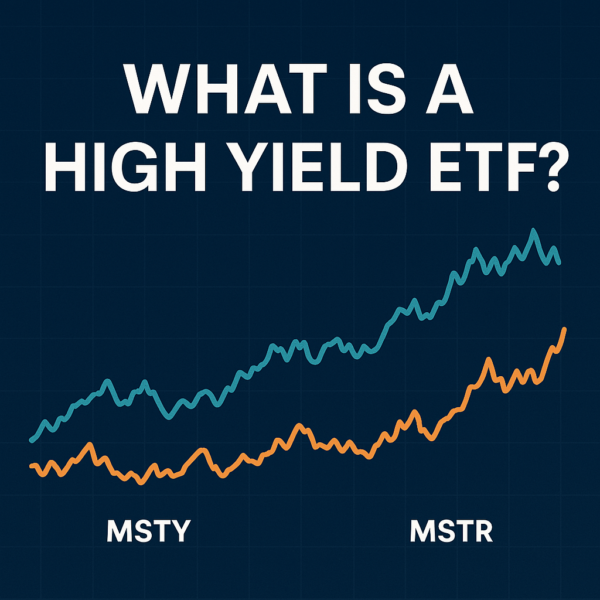Stocks vs. Mutual Funds
Stocks and mutual funds can serve investors well. When considering stocks vs. mutual funds, many investors wonder: Which is better? Choosing between the two can help you reach different goals.
Below, you’ll find the key differences. Going one step further, I’ve also compared mutual funds with ETFs. Some big trends are pushing investors into one over the other.
As you build out your portfolio, you might also want to check out this investment calculator. It’s a free tool that shows how big your investments might grow. Will it take you five, 10 or 20 years to reach financial freedom?

Stocks vs. Mutual Funds Key Differences
- Individual stocks tend to have higher risk
- Individual stocks don’t have portfolio management fees
- Mutual funds are diversified
- Mutual funds can include bonds and other assets
You can invest in both stocks and mutual funds. They’re publicly traded assets. To buy them, the process is similar as well. Most brokerages give you easy access to these securities.
The big difference is that mutual funds are usually a collection of individual stocks. If you buy just one stock, that business might fail. But instead, if you buy a basket of stocks with a mutual fund, that lowers risk…
If one company goes belly up, the others in the fund might help you stay in the green. As the saying goes, you don’t want to put all of your eggs in one basket.
You can also always create your own basket of stocks by buying them individually. You might buy 25 companies and set up your own portfolio. However, that takes time and can also require more maintenance each year.
Mutual fund managers can do that work for you. But once again, with that come some additional management fees. So, there’s a big tradeoff when looking at stocks vs. mutual funds. And over the past few decades, mutual funds have lost some of their luster. ETFs have started replacing mutual funds…
Mutual Funds vs. ETFs
Although investors have been pooling together assets for centuries, there have been some big advancements along the way. And the first modern mutual funds date back to the 1920s.
Back then, these funds came with high management fees. But over the past few decades, the internet and other innovations have made mutual funds cheaper. They’re also much more accessible for retail investors.
This has all been great for mutual fund investors. And now ETFs have taken it a step further. They’re often even cheaper and better than mutual funds. You can find extremely low-cost index funds. For example, the Vanguard 500 Index Fund ETF (NYSEARCA: VOO) has an expense ratio of just 0.03%.
As a result, more ETFs have popped up and new investments are flowing in. On the flip side, we’ve seen billions of outflows from mutual funds. Last year, we saw close to $300 billion of net outflows from mutual funds.
With that in mind, mutual funds still hold more assets than ETFs. And there are a few cases where mutual funds might make more sense. But the big trends are clear…
Investors are shifting toward ETFs for their higher efficiency. So the question is no longer should I invest in stocks vs. mutual funds. Most investors are looking at stocks vs. ETFs…
Should You Buy Stocks or ETFs?
Since ETFs are very similar to mutual funds, the key differences above are the same for stocks and ETFs, so I won’t rehash them here. Instead, it’s important to gain a better understanding of diversification.
Understanding and managing risk is what sets apart novice investors from the intelligent investors. As mentioned, if you buy just one stock, the company might go bankrupt. You could lose your entire investment. But buying a basket of stocks helps minimize company-specific risk.
If one company falters, the others might help your portfolio stay in the green. A good rule of thumb is to have at least 25 different positions in your portfolio. And most funds have well over that.
If you have 25 different equally weighted positions, that’s 4% of you portfolio in each position. So, if one goes down in flames, that’s only a 4% total loss. That’s not too bad to stomach. And if you set a 25% stop loss, you’d risk only 1% of your total portfolio.
Of course, you can always invest all or a large portion of your savings into one company. But if it doesn’t work out, that can put you in a tough situation. And it’s good to keep in mind that the world’s best investors can’t consistently predict which way investments will move.
Final Thoughts on Stocks vs. Funds
Although it takes a little more effort to set up your own portfolio, you can learn some great lessons. That’s why I gravitate toward that path.
By setting up your own portfolio, you can gain insight into different industries and companies. That knowledge can then help you out in other areas of life.
On top of that, picking your own stocks can help you avoid fund management fees. If you go with an actively managed mutual fund, it might cost as high as 2% a year. That might seem small, but those fees really chip away at your long-term wealth potential.
Understanding these concepts can have a huge impact on your investment portfolio. And I hope I’ve helped answer your questions about stocks vs. mutual funds (or more so ETFs).
If you’d like to learn more and find some of the top investing opportunities, sign up for Liberty Through Wealth. It’s a free e-letter that’s packed with investing tips and tricks. Whether you’re a beginner or advanced investor, there’s something for everyone.





